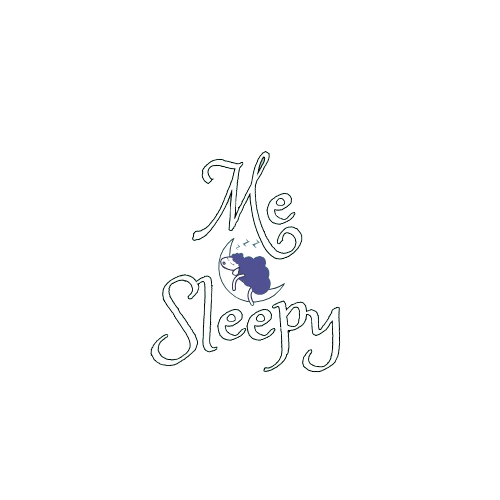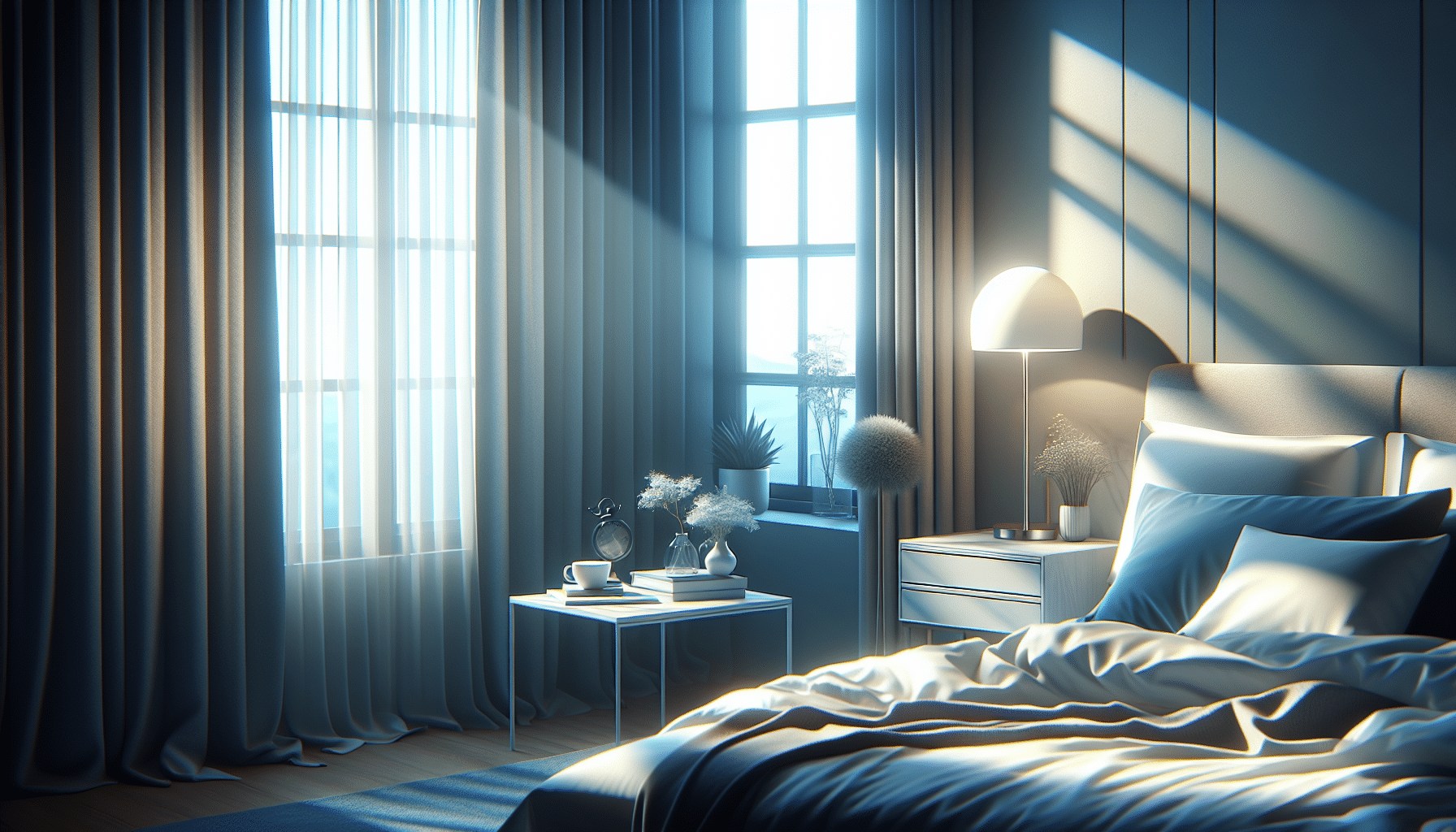Insomnia in Older Adults: Understanding Age-Related Sleep Changes
Impact of Aging on Sleep Patterns and Quality
As people age, their sleep patterns often undergo significant changes. Older adults frequently experience difficulties in falling asleep, waking up earlier than desired, and having more frequent nighttime awakenings. These disruptions lead to an overall decline in sleep quality. The changes in sleep patterns are primarily attributed to age-related alterations in the eyes, which affect how light is perceived and processed. Additionally, older adults often have reduced exposure to natural daylight due to decreased mobility and social interactions. This lack of daylight exposure can exacerbate sleep issues, as natural light plays a crucial role in regulating the body’s internal clock and sleep-wake cycles.
Role of Reduced Daylight Exposure and Increased Artificial Light
The modern lifestyle, particularly for older adults living in care homes or spending significant time indoors, often involves increased exposure to artificial light at night. This exposure can further disrupt sleep patterns by interfering with the body’s natural circadian rhythms. Artificial light, especially from screens and indoor lighting, can suppress the production of melatonin, a hormone that promotes sleep. Consequently, the combination of reduced daylight exposure and increased artificial light can lead to more restless nights and difficulty in maintaining a regular sleep schedule.
Blue-Enriched Light Therapy: A Non-Pharmacological Solution for Insomnia
Benefits of Blue-Enriched Light on Sleep Quality and Daily Activity
Blue-enriched light therapy has emerged as a promising non-pharmacological solution to address insomnia in older adults. This type of light therapy involves exposure to light that is enriched with blue wavelengths, which are known to be particularly effective in regulating the body’s internal clock. Research has shown that blue-enriched light can significantly improve sleep quality and enhance daily activity levels in older adults. By promoting greater daytime activity, encouraging earlier bedtimes, and helping to establish regular sleep patterns, blue-enriched light therapy offers a natural and effective approach to improving sleep without the need for medication.
Timing of Light Exposure: Morning Benefits vs. Evening Drawbacks
The timing of blue-enriched light exposure is crucial for its effectiveness. Studies have demonstrated that exposure to blue-enriched light in the morning can be highly beneficial. Morning light exposure helps to reset the body’s internal clock, promoting alertness and activity during the day while facilitating a more restful sleep at night. Conversely, exposure to blue-enriched light in the evening can have adverse effects, making it more difficult to fall asleep and leading to more restless nights. Therefore, it is essential to carefully time light exposure to maximize its benefits and avoid potential drawbacks.
Research Insights: Study on Insomnia and Light Therapy in Older Adults
Overview of the University of Surrey Study on Light Conditions
The University of Surrey conducted a groundbreaking study to explore the effects of light therapy on sleep quality and daily activity in older adults. This research focused on understanding how different light conditions could influence sleep patterns and overall well-being in individuals aged 60 and above. The study highlighted the potential of blue-enriched light therapy as a non-pharmacological intervention to combat insomnia and improve the quality of life for older adults.
Methodology: Self-Administered Light Therapy and Monitoring Techniques
In this study, 36 participants were involved in a detailed examination of light exposure’s impact on sleep. The participants self-administered both a control white light and a blue-enriched white light for two hours each in the morning and evening over an 11-week period. To accurately monitor the effects, researchers employed wearable technology and sleep diaries to track changes in sleep patterns and activity levels. This comprehensive approach allowed for a thorough analysis of how timing and type of light exposure could affect sleep quality and daily functioning.
Practical Applications: Implementing Light Therapy for Insomnia Relief
Recommendations for Morning Blue Light Exposure to Improve Sleep
Based on the findings from the University of Surrey study, it is recommended that older adults incorporate blue-enriched light exposure into their morning routine. This practice can help reset the body’s internal clock, leading to improved alertness during the day and more restful sleep at night. By ensuring exposure to blue-enriched light in the morning, older adults can establish healthier sleep patterns and enhance their overall quality of life.
Potential for Accessible and Affordable Light-Based Therapies
The study underscores the potential for light-based therapies to be both accessible and affordable for older adults. By utilizing self-administered light therapy, individuals can manage their sleep issues without relying on medication. This approach not only offers a natural solution to insomnia but also empowers older adults to take control of their sleep health. With the growing availability of light therapy devices, this intervention could become a practical option for many seeking to improve their sleep quality and daily activity levels. For more insights on managing insomnia, check out our Insomnia Blog.
Sources:https://www.sciencedaily.com/releases/2025/02/250225122145.htm



